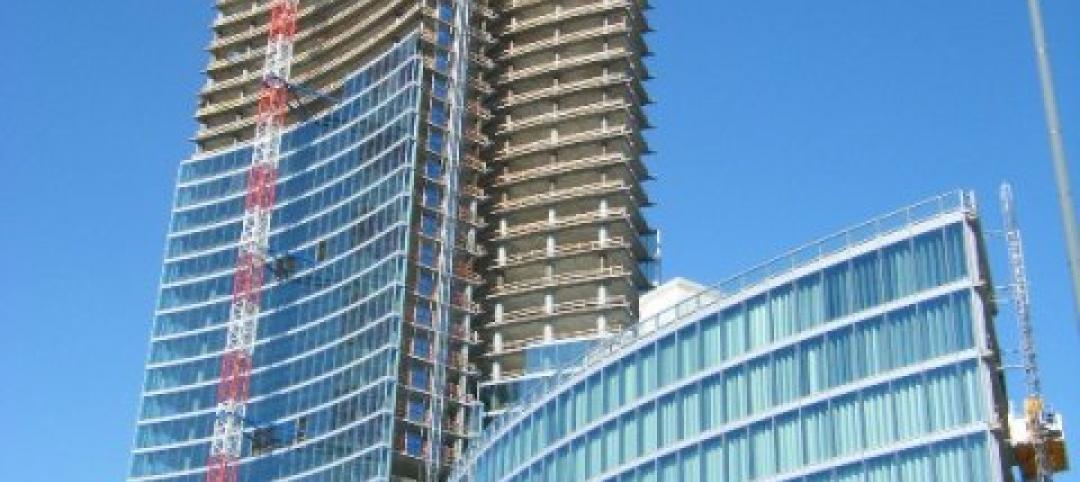Gilbane Building Co. has released the Fall 2012 edition of Construction Economics -- Market Conditions in Construction. Based on an array of economic data, construction starts, and material cost trends, this free report indicates an increase in construction spending over last year but cautions of an expected downturn again in early 2013. The Architectural Billings Index (ABI), which predicts activity 9-12 months out, indicates increasing spending nearly through the end of the year before another slowdown.
"Jobs continue to be the difficulty in this construction recovery. They are at a near standstill, while spending continues a slow climb," says Ed Zarenski, the report's author and a 40-year veteran of the construction industry. "A nugget of good news, though, is that climb may mean productivity is increasing. Spending is up only 2.5% since the beginning of the year, but up 6% from a year ago. Supported by positive growth trends, contractors may be able to recover a bit of lost margins."
According to the report, the construction industry has seen a small but continued growth in contractor's margins that started a very slow return to positive in 2011. Material price increases and labor cost growth will still contribute to escalation. Contractors' building costs "charged" in 2012 are above labor and material cost increases, signaling a continued movement towards recovery of more normalized margins.
Among the topics covered in this comprehensive report are:
- Construction Starts, Spending, & Costs
- Material Price Movement
- Trends and Costs for Structural Steel, Recycling Steel, & Copper
- Architectural Billings Index
- Current Inflation Forecast
- ENR Index -- BCI History
This free report is available for download at http://info.gilbaneco.com/construction-economics. +
Related Stories
| Jan 10, 2013
Guide predicts strongest, weakest AEC markets for 2013
2013 Guide to U.S. AEC markets touts apartments, natural gas, senior housing and transmission and distribution.
| Jan 9, 2013
Panasonic and Bluebeam preview new architect app at CES 2013
Panasonic and Bluebeam Software collaborate to develop and introduce the 4K tablet and software to the design and construction industry.
| Jan 3, 2013
Answered prayers
A bold renovation enables a small church to expand its mission on a grand scale.
| Jan 3, 2013
Top BIM/VDC articles of 2011-2012
A compendium of BD+Cs top building information modeling and virtual design + construction articles from 2011-12.
| Jan 3, 2013
8 trends shaping today’s senior housing
The ranks of those age 65 and older are swelling by the thousands every day. Is there an opportunity for your firm in the seniors housing market?
| Jan 2, 2013
Trends Report: New facilities enhance the quality of campus life
Colleges and universities are building state-of-the-art student unions, dining halls, and other non-academic buildings to enrich the campus experience, boost enrollment, and stay competitive.
| Jan 2, 2013
M&A activity at U.S. AEC firms up slightly
Total mergers and acquisitions in the AEC industry hit 171 in 2012, up slight from the 169 deals in 2011.
| Jan 2, 2013
Global data center market to ‘slow’ to 14.3% this year
Total global investment in data centers is expected to slow down somewhat this year but still increase at a respectable 14.3%, according to DCD Intelligence.
| Jan 2, 2013
Construction jobs made gains in 2012, even with a slow Q4, says Gilbane report
The construction sector in the nine states with 50% of construction employment was up 169,000 jobs from February to September 2012, following a lost of 137,000 jobs from September 2011 to January 2012.
















